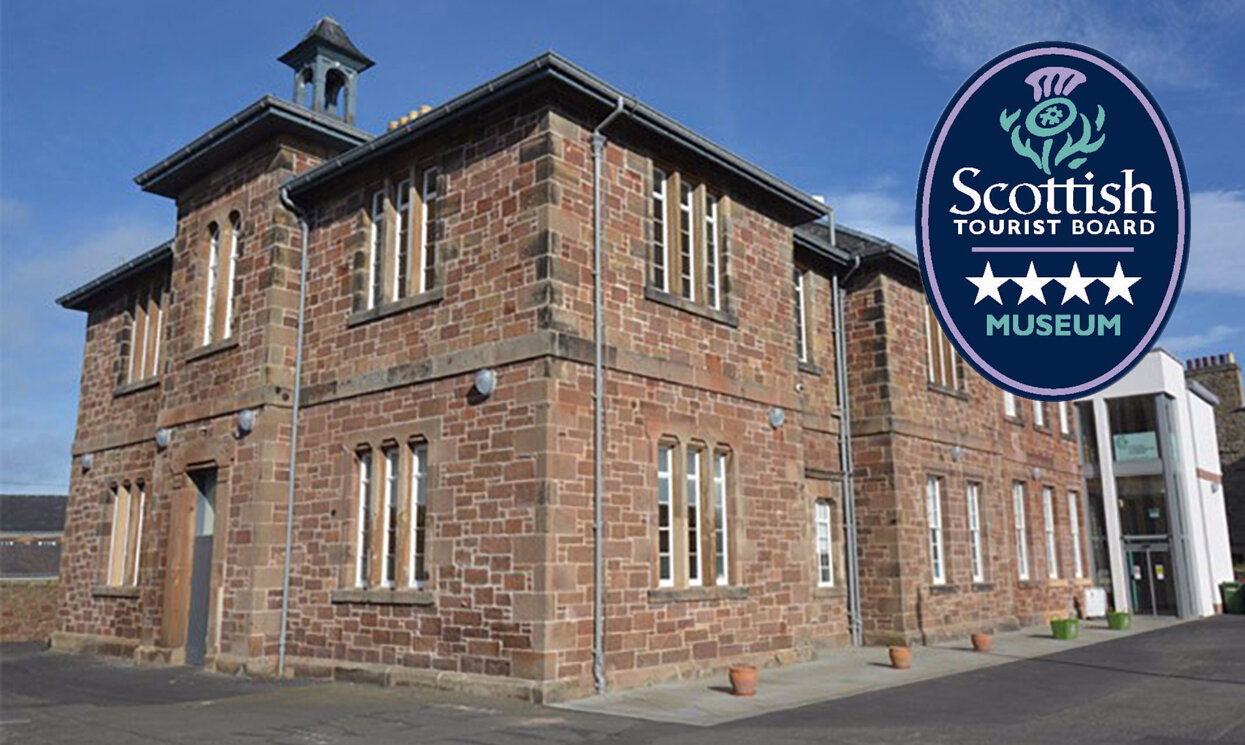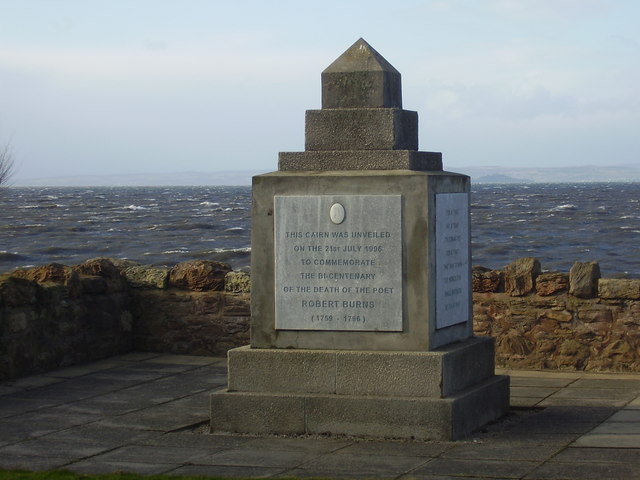East Lothian Coastline
Stretching along the Forth of Firth, East Lothian Coastline offers a fascinating mix of natural and cultural heritage, inspiring some of the most remarkable achievements in science, engineering and arts.
 | Dunbar Townhouse, Museum and Gallery The 16th century Town House on Dunbar’s High Street is one of the oldest buildings and most distinctive buildings in town, with its witch’s hat tower, hosting a clock, a bell and sun dials. |
 | John Muir’s Birthplace John Muir, the pioneering naturalist and preservationist, was born on 21 April 1838 in the house at 126 High Street in Dunbar. |
 | Dunbar Harbour and Battery Dunbar Harbour is an important shellfish harbour as well as mooring for pleasure and rowing boats, and was in the past a key maritime commercial hub at the mouth of the Firth of Forth. |
 | Robert Wilson Memorial A black-painted ship propeller opposite Victoria Harbour was unveiled in 2003 as a memorial to a Dubar-born maritime inventor, Robert Wilson, on the occasion of the 200th anniversary of his birth. |
 | Tantallon Castle Tantallon Castle’s ruins sit on top of a sea cliff opposite the Bass Rock, and represent the last curtain castle constructed in Scotland, dating from mid-14th century. |
 | Coastal Communities Museum The Coastal Communities Museum is home to a varied set of collections and exhibitions, exploring and recounting the past and present life of the coastal communities in the North Berwick coastal ward. |
 | Scottish Seabird Centre The Scottish Seabird Centre was opened in North Berwick by a team of local ornithologists in May 2000. |
 | Aberlady Bay’s Midget Submarines Along the coastal path connecting Aberlady with North Berwick, one can see many curiosities including the wreck of two World War II X-type midget submarines in Aberlady Bay. |
 | 1722 Wagonway Museum and Cockenzie Harbour Scotland’s first ever railway was built in 1722 connecting the harbour at Cockenzie with the nearby market town of Tranent, where coal was being mined. |
 | Prestonpans Burns Memorial Garden and Coronation Garden In the centre of Prestonpans are two gardens – the Burns Memorial Garden on the shore and the Corronation Garden in front of Prestonpans Parish Church. These unique resting spaces provide a fascinating insight in local history, as well as beautiful backdrop to a weary traveller. |
 | Prestongrange Museum Prestongrange was a key industrial area for hundreds of years. The busy activity included harbour, glass works, pottery, colliery and brickworks. |
 | Musselburgh Racecourse The Mussleburgh Racecourse is the second largest in Scotland and has been active since at least 1777, when opened as part of the Royal Caledonian Hunt. |
 | Fisherrow (Harbour) Fisherrow is a harbour and former fishing village West of Musselburgh. The fishermen from here used to fish for herring, and later for white fish, prawns and sprats. |
 | Portobello Promenade The Portobello Promenade is a 2.2 mile (5,000-step) coastal walkway in the suburb of Portobello in the Eastern part of the city of Edinburgh. |
 | Port of Leith Harbour Port of Leith was a critical commercial and logistics hub, its harbour being the largest trading centre on the Scottish North Sea coast and the town being considerably larger than the neighbouring Edinburgh. |
 | Newhaven (Harbour) The harbour at Newhaven dates back to the 1480s, when the local fishing community relocated here from the busier trading harbour in Leith, which also gave the new location its name. |
This tour is developed by Matjaz Vidmar as part of the Curious Coastlines project, funded by the Tourism and Traveltech Directorate at the Edinburgh Futures Institute / Data-Driven Innovation programme.
